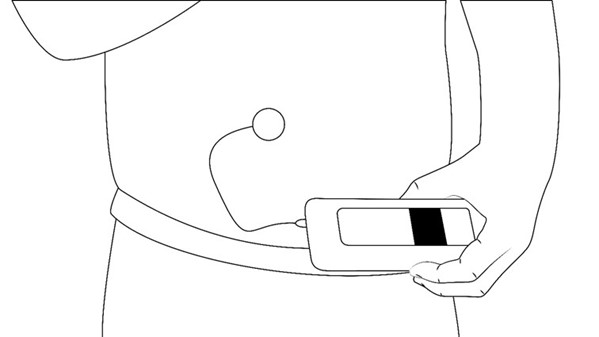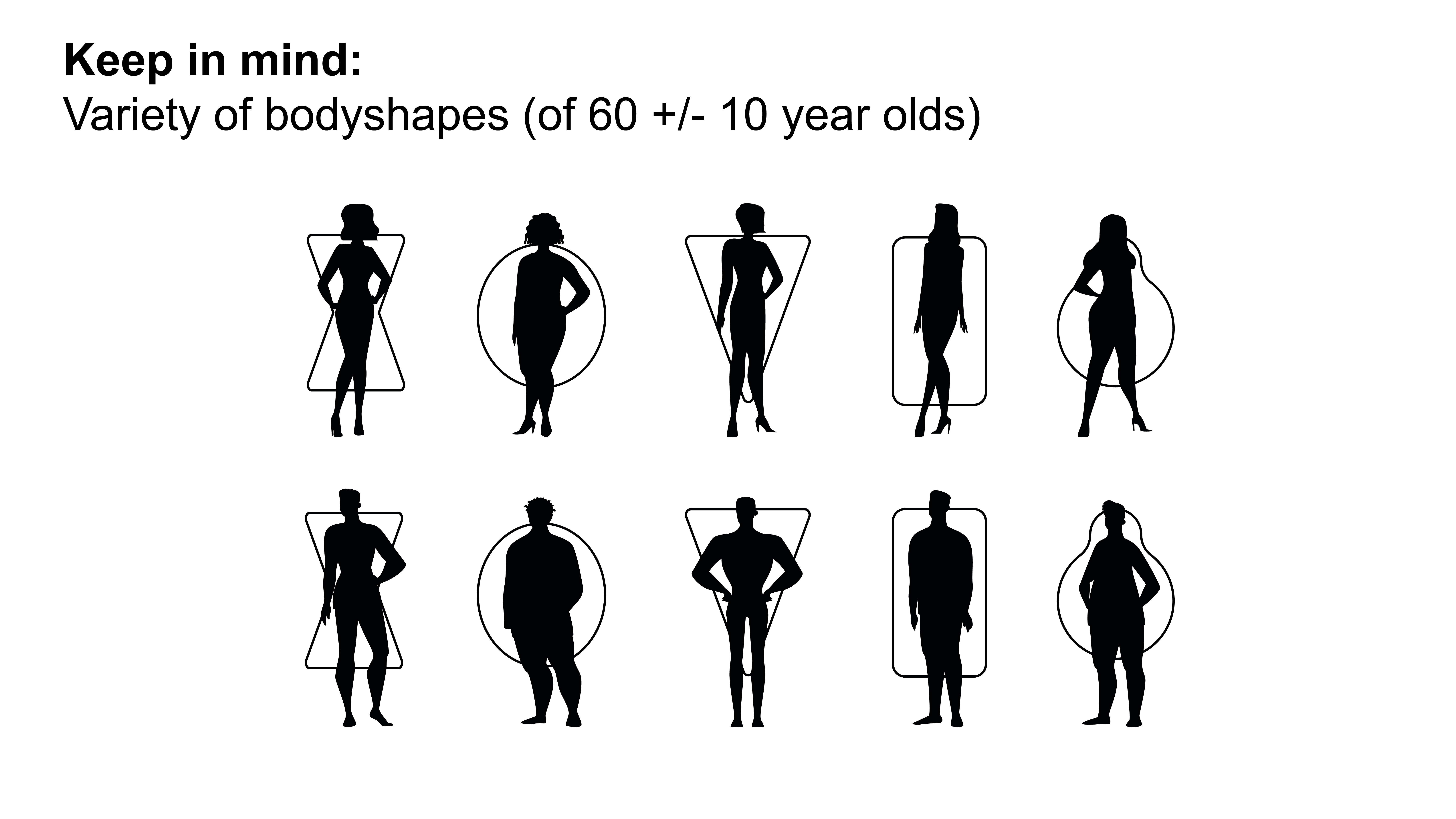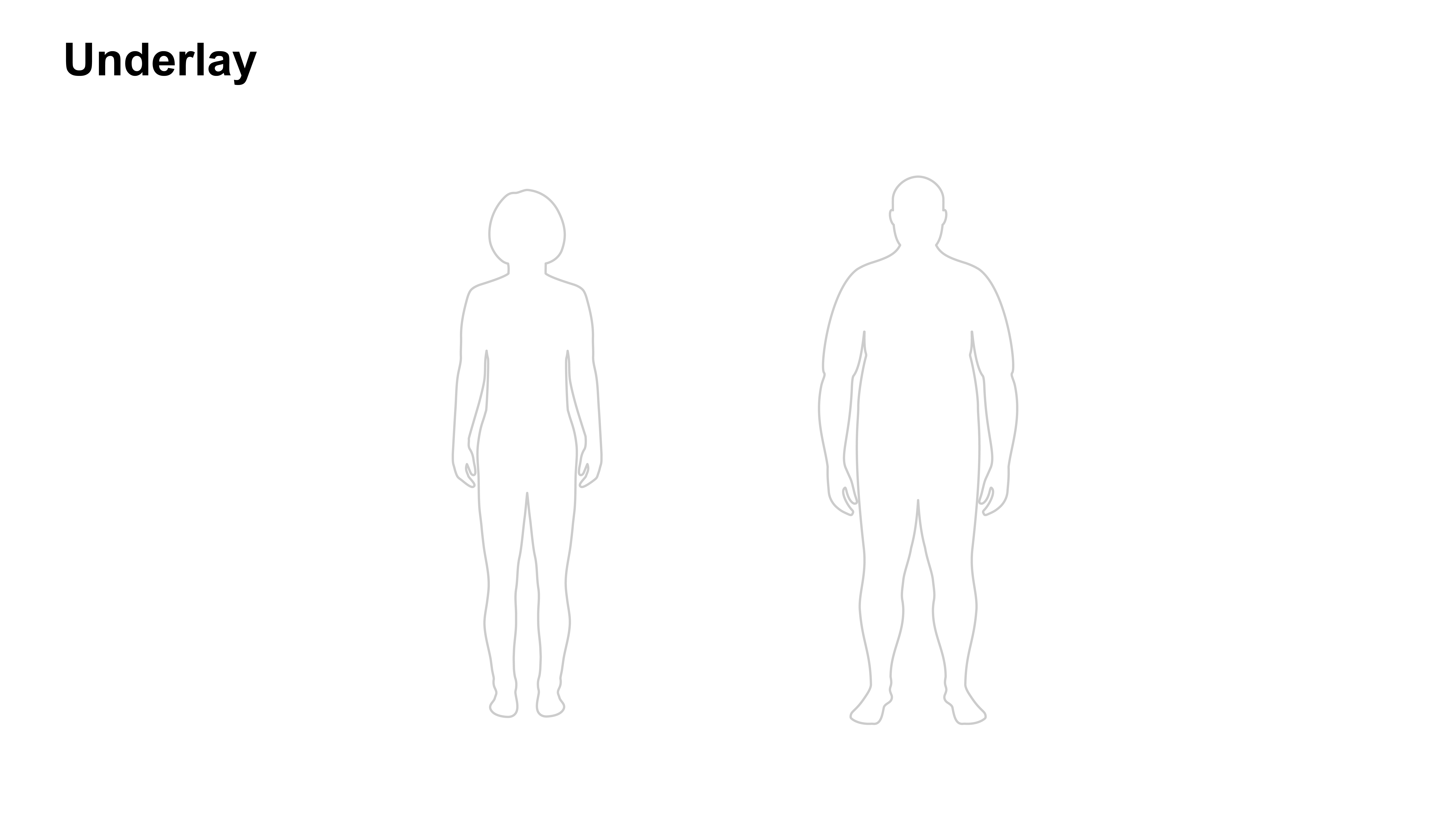Ranking: 1
Parkinson's is a non-curable disease whose symptoms can be treated, among other things, by using a medication pump. The goal of the competition is to develop a wearing aid that allows patients to wear the pump around the clock in everyday life and to operate it independently, despite their symptoms. Take part, have an impact, and win prizes totaling 5,000€!
Unfortunately, there is no cure for Parkinson's disease yet, but its symptoms can be treated, helping those affected to enjoy a better life quality. In the early stages of the disease, the therapy consists of orally administered active substances that significantly reduce symptoms such as slowing of movement, muscle tremors, or stiffness. However, in the later stages of the disease, unpredictable fluctuations, and involuntary over-movements occur. Oral therapies are no longer adequate to control these. To treat these symptoms, patients must resort to other therapy forms with continuous drug administration.
An innovative option for therapy in advanced stages is using a body-worn medication pump (see Figure 1). It delivers the medication subcutaneously (i.e., under the skin) to the patient's body, usually over 24 hours (i.e., during the day, but also during sleep).
Figure 1 - When designing the wearing aid, take the dimensioning of the pump into account
The innovative medication pump is a battery-powered device filled with medication daily by the patient himself. It connects to a subcutaneous catheter placed on the patient's abdomen via a thin, 60 cm long tube. The pump dispenses the medication continuously in defined doses 24-hours per day (see Figure 2).

With the help of such therapy, motor restrictions of the disease on the lives of the patients can be greatly minimized to participate in all areas of life. After all, the patients, most of whom are in their early 60s, like all of us, want to be mobile and unattached, dance, play sports, and, of course, live out their partnership physically. They want to go hiking, cycling, visit restaurants and events. And for this, the medication pump must be a constant, discreet companion.
To further enhance the quality of life with a medication pump, patients must be offered wearing aids for the pump that keep the device secure and comfortable on the body and do not stigmatize patients.
Patients should decide for themselves, if possible, whether they wear the pump over their clothing or underneath, whether it is visible to others or not. The wearing aid should protect all controls and the display on the device's front and make them easy to reach. The wearable device must be independently usable by the motor-impaired patient and adaptable to various body shapes (see Figure 3). For your design, we have developed a template that you can but do not have to use (see Figure 4). The wearing aid materials should be easy to clean and withstand daily use over a long time.



Ranking: 1
Parkinson's is a non-curable disease whose symptoms can be treated, among other things, by using a medication pump. The goal of the competition is to develop a wearing aid that allows patients to wear the pump around the clock in everyday life and to operate it independently, despite their symptoms. Take part, have an impact, and win prizes totaling 5,000€!
Unfortunately, there is no cure for Parkinson's disease yet, but its symptoms can be treated, helping those affected to enjoy a better life quality. In the early stages of the disease, the therapy consists of orally administered active substances that significantly reduce symptoms such as slowing of movement, muscle tremors, or stiffness. However, in the later stages of the disease, unpredictable fluctuations, and involuntary over-movements occur. Oral therapies are no longer adequate to control these. To treat these symptoms, patients must resort to other therapy forms with continuous drug administration.
An innovative option for therapy in advanced stages is using a body-worn medication pump (see Figure 1). It delivers the medication subcutaneously (i.e., under the skin) to the patient's body, usually over 24 hours (i.e., during the day, but also during sleep).
Figure 1 - When designing the wearing aid, take the dimensioning of the pump into account
The innovative medication pump is a battery-powered device filled with medication daily by the patient himself. It connects to a subcutaneous catheter placed on the patient's abdomen via a thin, 60 cm long tube. The pump dispenses the medication continuously in defined doses 24-hours per day (see Figure 2).

With the help of such therapy, motor restrictions of the disease on the lives of the patients can be greatly minimized to participate in all areas of life. After all, the patients, most of whom are in their early 60s, like all of us, want to be mobile and unattached, dance, play sports, and, of course, live out their partnership physically. They want to go hiking, cycling, visit restaurants and events. And for this, the medication pump must be a constant, discreet companion.
To further enhance the quality of life with a medication pump, patients must be offered wearing aids for the pump that keep the device secure and comfortable on the body and do not stigmatize patients.
Patients should decide for themselves, if possible, whether they wear the pump over their clothing or underneath, whether it is visible to others or not. The wearing aid should protect all controls and the display on the device's front and make them easy to reach. The wearable device must be independently usable by the motor-impaired patient and adaptable to various body shapes (see Figure 3). For your design, we have developed a template that you can but do not have to use (see Figure 4). The wearing aid materials should be easy to clean and withstand daily use over a long time.


Rules and guidelines to follow before participating. Please follow the checklist